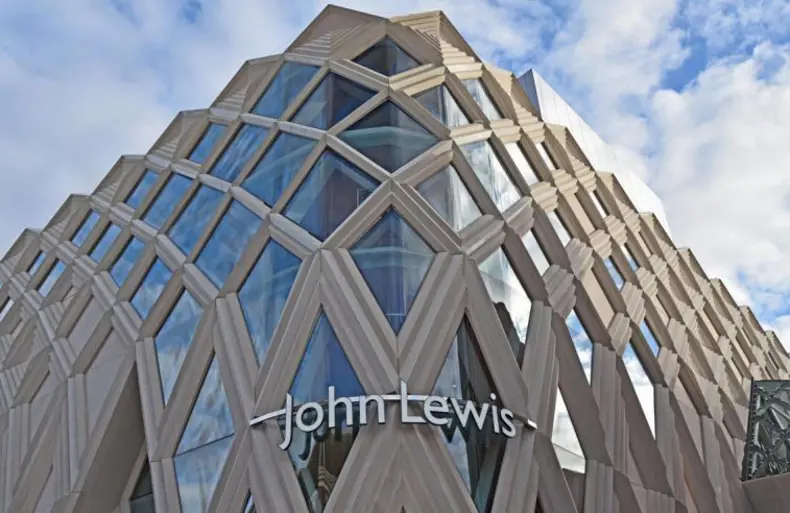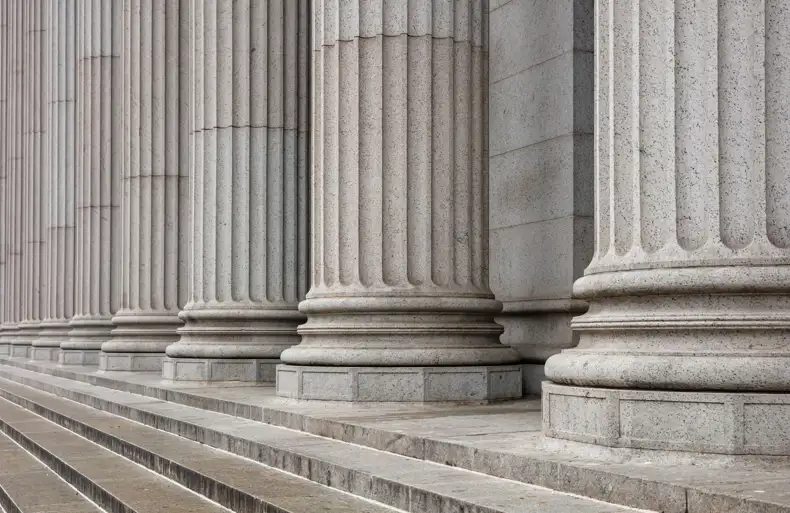Last month, Leeds benefited from the opening of the largest John Lewis outside London, confirming its place as one of the UK’s major success stories.
The John Lewis is the flagship store at Hammerson’s £165 million Victoria Gate development and represents a major expansion of Leeds’ retail offering, which is growing strongly on the back of its economic vibrancy.
Hosting the largest financial and services sector outside London, Leeds is one of the UK’s fastest growing cities, with its economy expanding by 40% over the past decade. Besides Victoria Gate, other major schemes that have opened in the last few years include the £350 million Trinity retail and leisure development, which opened in 2013 and is the largest of its kind in Europe.
There are in excess of 11,000 flats in and around the centre of Leeds, with around 1,500 underway in on-going developments and around 5,000 more in the pipeline that will be built in the next five years or so. Flats in the city’s centre remain relatively affordable and the area has attracted buy-to-let investors, although this interest has been dampened somewhat by the recent hike in stamp duty on investment properties.
Over the last two years, city centre values have increased by 15%, typically for the better located and higher spec city centre apartments. At the end of September 2016, the average house price for Leeds was £184,535, with prices rising by 7.5% in the last 12 months.
Investment in city centre regeneration and major infrastructure projects make investment for the medium to long-term particularly attractive. One of the most exciting is South Bank, the area earmarked for regeneration surrounding Leeds’ future HS2 station.
Proposals for South Bank envision doubling the current size of the city centre. Comprising 180 hectares of land south of the River Aire, the ambitious project is expected to provide 35,000 jobs and 4,000 homes and would be one of the largest city centre regeneration initiatives in Europe. It’s not only investment in transport and buildings; the city is also investing heavily to deliver superfast broadband, as well as extend the WiFi network to include public transport and buildings.
The Leeds City Region Enterprise Zone has also contributed to accelerating investment in the city, having provided a package of incentives, such as reduced business rates, grants and capital allowances. Public private partnership, combined with investment in education to provide skills for the next generation of young people, is at the heart of the drive to further boost the city’s economy.
The city has been independently recognised as a top foreign investment hotspot, being ranked second in Ernst Young Attractiveness Survey 2016’s core cities list and fourth of cities outside London by The Business Location Index.
The residential areas that are likely to generate better than city average capital and rental price growth are established areas with good commuter links by either train or car. For example, Horsforth has a good range of improving amenities and is only 10 minutes from the city centre and Rothwell, Farsley and Adel have all recently attracted good quality new housing developments.
In a nutshell, committed and ambitious infrastructure investment on top of good connections and a vibrant economy means good prospects for investors in Leeds who are prepared to do their homework.




